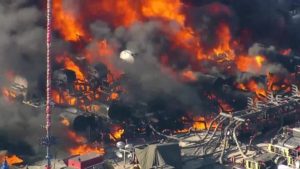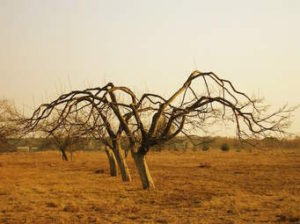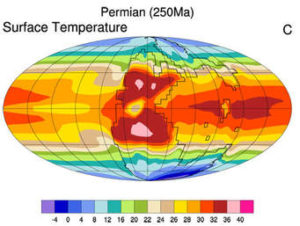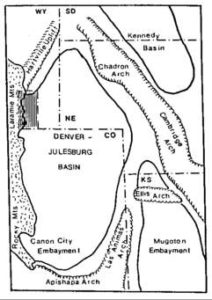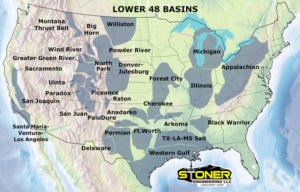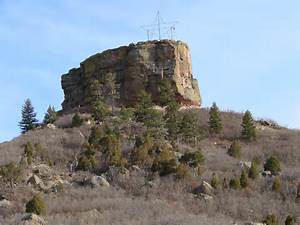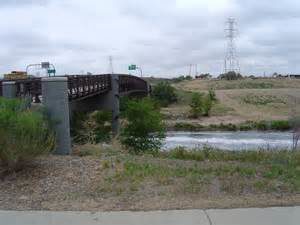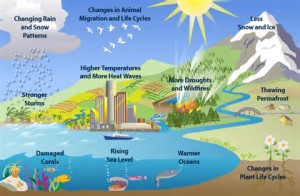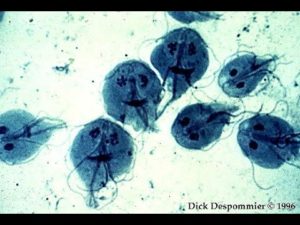
Giardia Lamblia Cysts
I spent thirty years in the water business, both water and wastewater. During that time I learned about or saw many examples of what can go wrong. There are the big ones such as Flint, Michigan where process and raw water changes sent corrosive water into a system with lots of lead pipes. In Milwaukee, 1993, runoff from manure-laden agricultural land contaminated Lake Michigan water, the source for Milwaukee’s treatment plant. Lots of people got sick from cryptosporidium, a single cell organism resistant to chlorine. The water was within standards, but that didn’t matter to the 400,000 people affected. The big ones are the headline makers but there are many other outbreaks, usually in small water systems.
First, I must point out that water treatment starting around the start of the twentieth century is the single greatest public health advance in history. Chlorination along with a good sedimentation and filtration process are the weapons. We can be grateful we almost always have clean, safe water coming out of the tap in most of the developed world. This is not so in much of sub-Saharan Africa, Haiti, and now Puerto Rico.
In 1854, the source of a cholera outbreak in Soho, London was traced to a single well which was contaminated by a nearby cesspit. Taking the handle off the pump ended the outbreak. This was the first scientific validation of the germ theory of disease. The main theory at the time was that disease was borne by miasma, bad air. Later, chlorine was introduced as the main barrier to waterborne disease, along with filtration.
Things mostly went well. Government regulation insured drinking water would be treated. Here in Colorado, however, there is a confounding variable. Our pure mountain water can transmit Beaver Fever. The technical term is Giardiasis, caused by a single called organism called Giardia Lamblia. These little critters, like Cryptosporidium, have a cell wall tough enough to resist chlorine in the concentration which reliably kills bacteria and viruses.
Like most waterborne diseases, transmission is fecal-oral. People drink water containing feces from warm-blooded animals. The reliable way to eliminate the pathogens is a well operated complete treatment process which removes the cysts. Ultraviolet light also kills them. Denver, for example, has never had a Giardia outbreak, even while treating more than 400 million gallons per day in summer.
There are pitfalls, especially in small water systems. Plant operators are required to have certification from the state health department, but many rural operators have a weak science background and passed the written tests by studying test questions collected by pervious test takers. The head of the water department may be the mayor’s brother in law or a good old boy who does what they have always done and may cheat on the lab tests and paperwork.
A good example was in 1979 in Estes Park, Colorado. People started getting sick, often tourists who had returned home before becoming ill. Giardiasis is a nasty disease. Cramps, raging diarrhea, and a violent headache. After a few days, the symptoms subside, only to return a couple of weeks later. The cause? The old guy running the plant saw the water from Rocky Mountain National Park was so clear in late summer he turned off the chemical feed used to trap Giardia cysts so the filters can remove them. The cysts went right through the filter.
I had a partner I worked with in the Greeley wastewater plant who got Giardia. She was a bit doctor resistant and didn’t go in until after the third bout. There is a medicine called Flagyl that cures the disease in a few days. She had gotten so weak her immune system didn’t recover fully for a year. She came down with every little disease that came along for that year. The county health department tested all the staff. I was positive for amoebic dysentery, but symptom free. We worked around big open tanks with mechanical aerators flinging the water in the air to bring up the dissolved oxygen level enough to grow the beneficial organisms that ate the bad ones. We breathed that aerosol. I didn’t occur to anyone to use masks around the tanks.
There is the reason for wastewater treatment. The process removes or kills most of the bad guys before the water goes into the river. Thus, people using the water downstream don’t have as much of a mess to clean up. Think about Mississippi River water in New Orleans. Safe drinking water can come from the river if treated.
For many years, many systems relied solely on chlorine to insure safe drinking water. New York City still does. Seattle used to do chlorination only, but now treats the water (one of the plants using ultraviolet disinfection.). I was one of the first persons hired by the City of Manitou Springs, Colorado to operate their new treatment plant. Prior to building the plant, All they did was chlorinate. The water was from the north side of Pikes Peak and of high quality except after summer thunderstorms. Then, people got sand and pine needles out of the tap. Risky, and the health department demanded a treatment plant.
Stay tuned, more to come.
 I like the Colorado State flag. I guess you could say I am proud of the flag. Here in Colorado you see the flag all over the place. Flagpoles, of course, bumpers, hats, t-shirts, marijuana stores, on the iPad I’m writing this on, window stickers, building foyer floors, notebooks, backpacks, patches on jackets, tattoos, hoodies, on state highway signs, and lots of other places.
I like the Colorado State flag. I guess you could say I am proud of the flag. Here in Colorado you see the flag all over the place. Flagpoles, of course, bumpers, hats, t-shirts, marijuana stores, on the iPad I’m writing this on, window stickers, building foyer floors, notebooks, backpacks, patches on jackets, tattoos, hoodies, on state highway signs, and lots of other places. Recently the state government made a mistake in adopting a new logo. It is a triangle which can be paired with a state agency. The triangles so small as to be unreadable from any distance. The logos are an example of committees going too far. Why not the Colorado flag with the agency name on a separate sticker? Denver does it with success.
Recently the state government made a mistake in adopting a new logo. It is a triangle which can be paired with a state agency. The triangles so small as to be unreadable from any distance. The logos are an example of committees going too far. Why not the Colorado flag with the agency name on a separate sticker? Denver does it with success.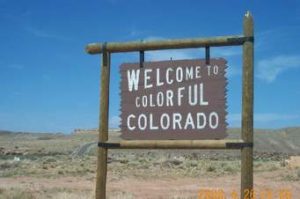 Along with the gold rush came a big mess. Gold mines, mills, smelters, huge waste dumps, polluted streams, and superfund sites scattered throughout the mountains and in Denver. We will always have the sad legacy of exploitation with no regard to the future. It’s ironic one of the most famous photographs is a mine building in the canyon below the Million Dollar Highway.
Along with the gold rush came a big mess. Gold mines, mills, smelters, huge waste dumps, polluted streams, and superfund sites scattered throughout the mountains and in Denver. We will always have the sad legacy of exploitation with no regard to the future. It’s ironic one of the most famous photographs is a mine building in the canyon below the Million Dollar Highway.

